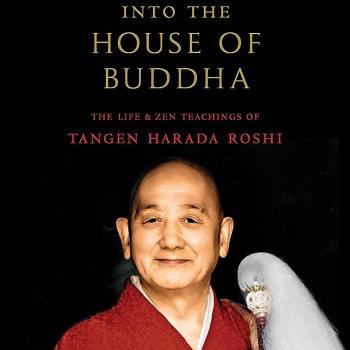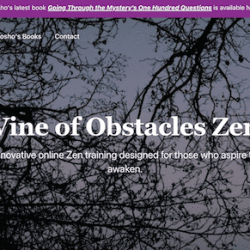Our investigating-zazen-and-life-as-kappatsupatsu (an onomatopoeia for the leaping of the carp as it climbs upstream) focus is on buddhas not knowing that they’re buddhas – not only through the head but also exploring tracelessness through the body. Thus the image of the path of the fish and bird.
The other day, I suggested the following reflection: When you practice the path of the bird, what traces are left? Ideas about this might immediately come to mind. You might say, “Well, there is nothing.” That misses it.
To clarify I’ll first muddy the water with some Dogen. This old man concludes his Healing Point of Zazen (my provisional rendition of the title, a.k.a., The Lancet of Zazen) by quoting a poem by Ch’an master Hongzhi and commenting on it. I’m going to selectively quote a digestable portion for you today, comment on that and move on. I might come back to this later in the week but I’m thinking of an ox tail that I want to bring in tomorrow or the next day.
Now here’s the last portion of Hongzhi’s poem:
The water is clear right through to the bottom;
…this is what is meant by clear water penetrated “right through to the bottom.”
This is what is meant by formless form – the coffin is empty and the sound of a bell fades off over the hill.
Nor that it does go. Or as Bob Dylan puts it, “Something is [going] but you don’t know what it is, do you Mr. (and Ms.) Jones?” This going is forgetting the self.
The degree of the “going” that penetrates “right through to the bottom” is the “path of the bird,” along which the wholebody does not “go.”











